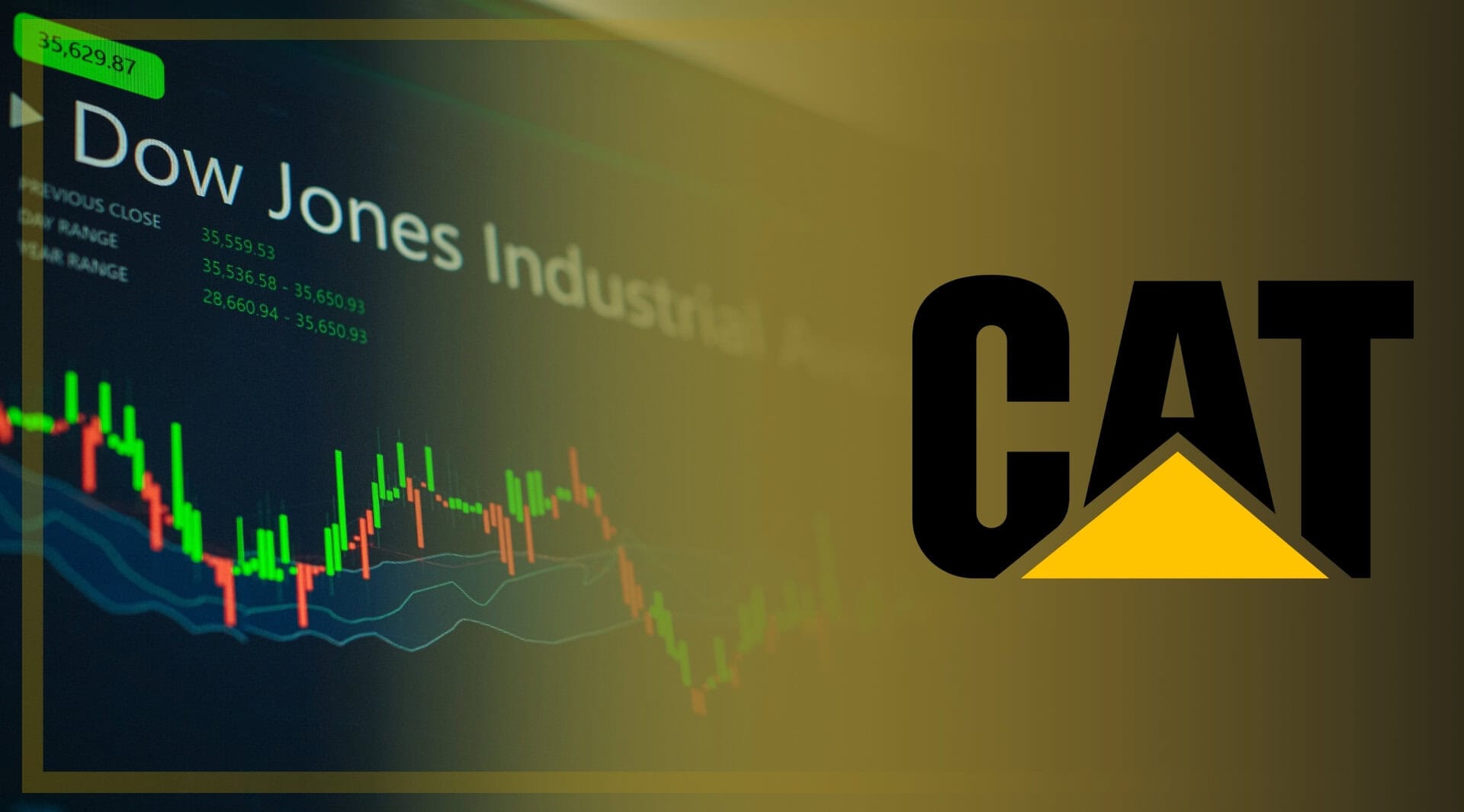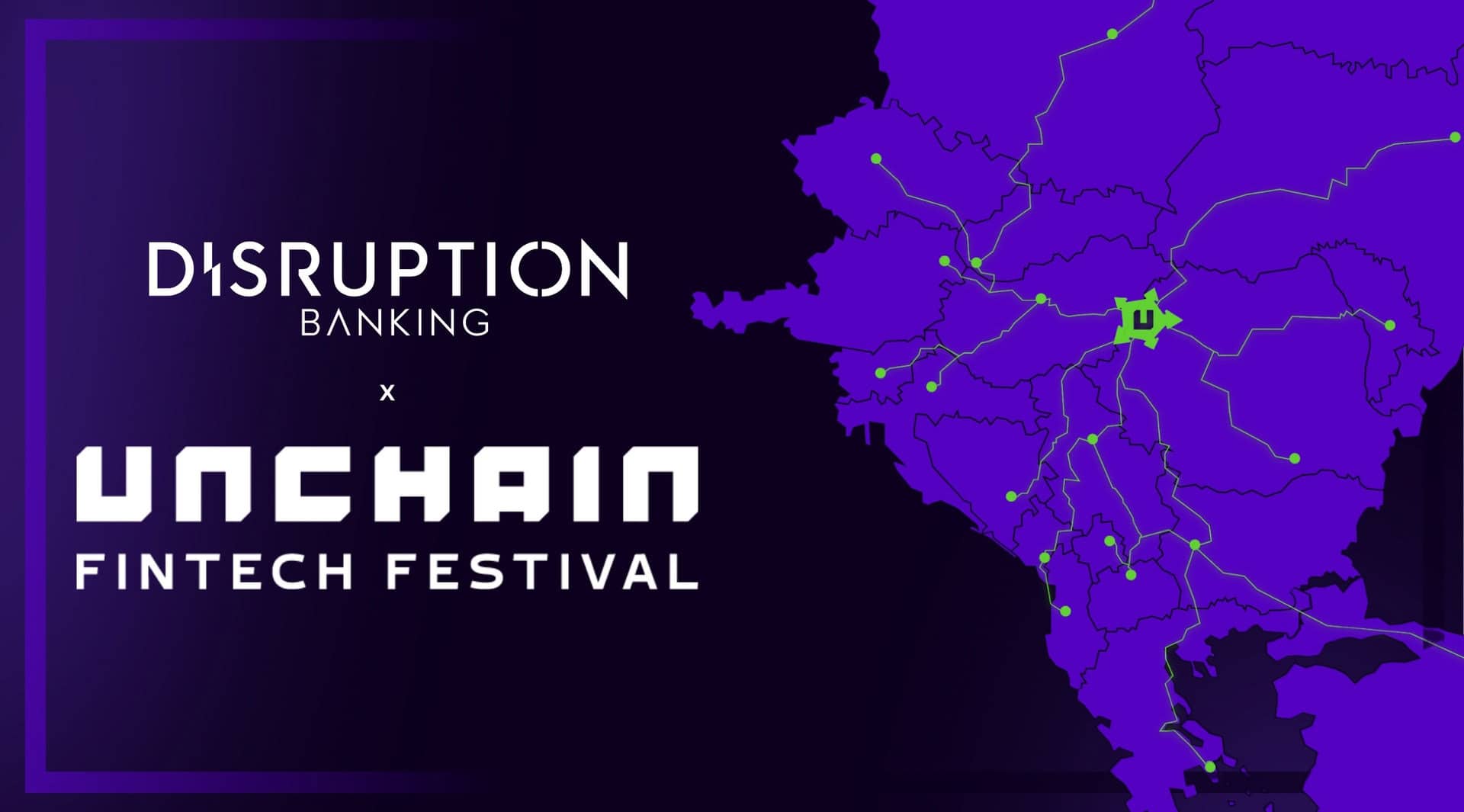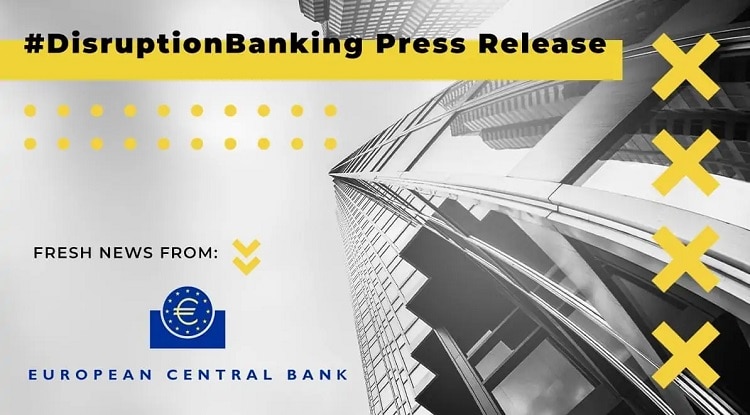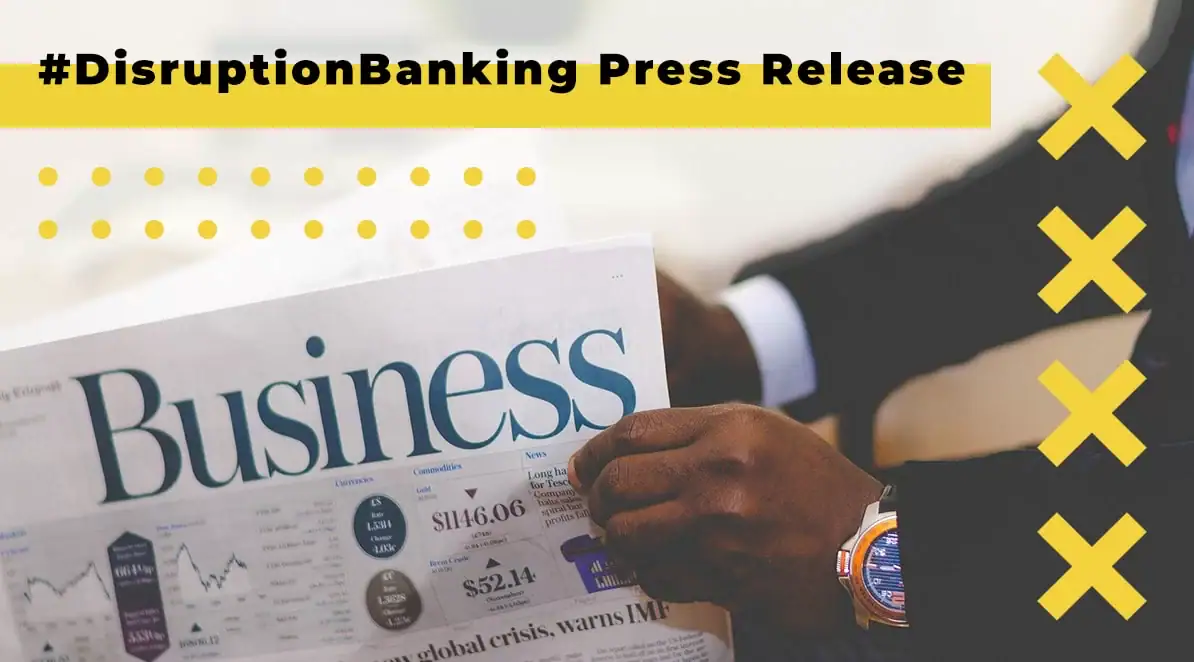Each year there are many reasons to attend the North American Blockchain Summit. Not just because of the quality of the content. Not just because of the leading role that Texas plays in digital assets. But also because of companies like Quai Network.
According to Crunchbase, Quai Network was established in 2022. The project started as a research project at University of Texas, Austin in 2018 though. Quai Network (or Quai for short) aims to overcome some of the limitations of traditional blockchain networks. It does this by utilizing a unique multi-chain architecture. Importantly, just like Ethereum, Solana and other well-known blockchains, it has its registered offices in Switzerland.
One of the founders of this new promising Layer 1 blockchain is Alan Orwick. He is one of the main drivers of Quai which describes itself as money and financial infrastructure for the global and compute economies of the 21st century. We met at this year’s North American Blockchain Summit in Dallas to discuss some of the important things going on at Quai.
We are thrilled to announce another elite panel:
— NORTH AMERICAN BLOCKCHAIN SUMMIT – NOV. 20th-21ST (@NABSummit) November 18, 2024
REVENUE MAXIMIZATION & MERGE MINING
Featuring panelists @paynethecong and Alan Orwick, moderated by @Ishanb22!
Date: Thursday, Nov. 20th
Time: 2:00p-2:30p
Location: Pavilion Stage pic.twitter.com/BpYwQ4sAPh
Alan was a speaker at this year’s Summit where he shared his insights about topics such as ‘merge mining’. Merge mining is a process that allows miners to mine multiple cryptocurrencies simultaneously using the same algorithm. The goal is to increase network security and maximize mining profits. In this regard, being a member of the Texas Blockchain Council, and a speaker as well as a sponsor of the North American Blockchain Summit is important to him. Amongst the members of the Texas Blockchain Council are some of the most important Bitcoin mining companies. An area of interest for Quai.
The Path to Quai Network
Alan is originally from Austin, TX, where he studied computer science at the University of Texas. During his time at the University he founded an organization called ‘Texas Blockchain’ which still operates today. It was this experience amongst others that helped him grow his expertise in digital assets. Alan has also been involved with ATX DAO since its early days, an organization we have written about in the past at DisruptionBanking.
A few months ago @masonlynaugh sat down with @0xalank as part of the #ATXDAO podcast. In the interview Alan explained more about @QuaiNetwork and how the project has evolved over the years. #Austin #KeepAustinWeb3 #Quai https://t.co/FULazBAi8J
— Digital Startup (@digitalstartup5) November 21, 2024
Following his time at the University of Texas, Alan spent some time at Apple. But he really wanted to be involved in digital assets – Alan has been involved with crypto since 2015. During his time at university the vision of Quai was already taking place. Initially it was Ethereum that really piqued his interest. Later he started to explore other blockchains too, which led him to ask the question:
“How do we organize a multi-blockchain network in a way that optimizes the bandwidth and latency to increase throughput?” Alan pointed out. Much like Amazon datacenters which are dotted around the world, Alan wanted to leverage the capabilities of multiple blockchains to maximize bandwidth, lower the latency, improve the throughput, and make a better faster blockchain.
How Quai Network Makes a Difference
Alan continued by explaining what they are trying to do at Quai Network.
“We are fundamentally trying to optimize the blockchain from a physics perspective,” Alan shared. “We see that other blockchains have been constrained because of either tokenomics or just the infrastructure that they run on.”
When Alan mentions ‘other’ blockchains, he is serious. Solana, Hedera, Cardano, you name them, he wants to optimize the way they operate. Alan believes that over time these blockchains tend to ossify.
“We have seen that over time token holders of these blockchains get set in their ways,” Alan explained. “They don’t want to change much, and they turn into walking ghost towns. Bitcoin is the biggest example of that.”
“We’ve taken almost a last mover advantage in the blockchain space,” Alan continued. “By optimizing what works and picking out the things that we really see as the best fit to build a blockchain network.”
Addressing the Blockchain Trilemma
Some of the things that Quai tries to optimize for are the decentralization of Bitcoin, the programmability of Ethereum, and the speed of Solana. These three things together put into a blockchain network together can give people the tools to use crypto every day. Solana is making great efforts of late, Alan shared. However, much like the other blockchains, Solana isn’t necessarily decentralized. This is where Quai is addressing the blockchain trilemma in new ways.
Validators or miners, these are key functions needed to support blockchains like Solana or Ethereum. What Alan and the team at Quant are trying to do is build a monetary system that is robust but is also still fast, using a network of multiple blockchains.
The network itself is a sharded network, Alan explained.
It’s worth looking at some of the services that Quai offers to better understand the uniqueness of the approach. This includes the organization’s recent release of a stablecoin. The $QI is known as the Decentralized Energy Dollar. It is a new type of stablecoin also referred to as Qi. Qi is a network-native stable token that derives its value from a crypto-native source: energy. It’s censorship resistant, it is cheap to use, and it works similarly to cash.
#Stablecoins have become an important medium in the digital asset economy#Qi aims to address the limitations of current stablecoins https://t.co/Vntbp6tPny pic.twitter.com/xl0Y1xJYk7
— Digital Startup (@digitalstartup5) November 21, 2024
Alan explained how there is a global demand for what is happening at Quai. The word quai itself, Alan pointed out, means ‘fast’ or ‘platform’. But it’s not just the name. The underlying technology itself is fast and a platform.
Working with Bitcoin Miners in Texas
There is much more to Quai than initially meets the eye. Alan explained how a proof of work blockchain like Quai can help incentivize energy efficiency.
“Fundamentally what we believe is that proof of work is incentivizing renewables,” Alan highlighted. “By exploring ways to get different types of energy for Bitcoin mining, be that hydro, solar or oil wells, we are making our electricity grids more efficient. And eventually more reliable.”
Alan explained how the organization is also looking to work with ERCOT (the Electric Reliability Council of Texas). The winter of 2021 was one of the worst in Texas history, millions of people lost power to their homes and businesses. Several hundred Texans died. Using blockchain technology to better manage energy systems, pricing, demand, and more could mean that people wouldn’t have to fear losing power in the future. The underlying blockchain technology could help make the grid more efficient. It could help in case of any dramatic fluctuations in energy prices like in 2021. People would benefit.
What Are the Numbers behind Quai Network?
The organization is more than just it’s balance sheet. Today’s valuations for a company offering the scope of services that Quai is are hard to approximate. There are important people involved in the organization. Additionally, there are investors. Not to mention the substantial size of the community on both the X and Discord platforms.
One of the key members of the team is Shreekara Shastry, Blockchain Protocol Engineer at Quai Network. Its people like him that have been instrumental in building the Quai Network, Alan explained. There are other influential stakeholders like Dr. K., also a founder of Quai Network. Dr. K. goes by the handle @mechanikalk on X, whilst Alan uses @0xalank. Here is Dr. K. presenting the recent Quai Network Litepaper:
A concise summary of the innovations and purpose of @QuaiNetwork, and the $QUAI /$QI tokens. Several years of innovations summarized in 40 pages. https://t.co/KF6DEe3PsI
— Dr K (Q,Q) ⚡💵 (@mechanikalk) October 11, 2024
The first Quai paper called Scalable Multi-Chain Coordination via the Hierarchical Longest Chain Rule is available here.
Another thing to note is the recent funding round at Quai. The organization already has several prestigious investors the likes of Alumni Ventures, Polychain Capital, or Cogitent Ventures. So far Quai has raised at least $15 million.
Finally there is the community. On Discord there are more than 184,700 members, whilst on X there are almost 280,000 followers. The team at Quai Network are ready to go global. The editorial team at DisruptionBanking will be delighted to update our readers on Quai’s global expansion. What Alan and the team are doing could play an important part in the next iteration of blockchain technology.
Author: Andy Samu
#QuaiNetwork #NABS24 #TexasBlockchain #ProofofWork #Mining #MergedMining
See Also:
Making Austin a Crypto Hub with ATX DAO | Disruption Banking
Why is the Biden Administration targeting Bitcoin Miners? — Texas Blockchain Council















